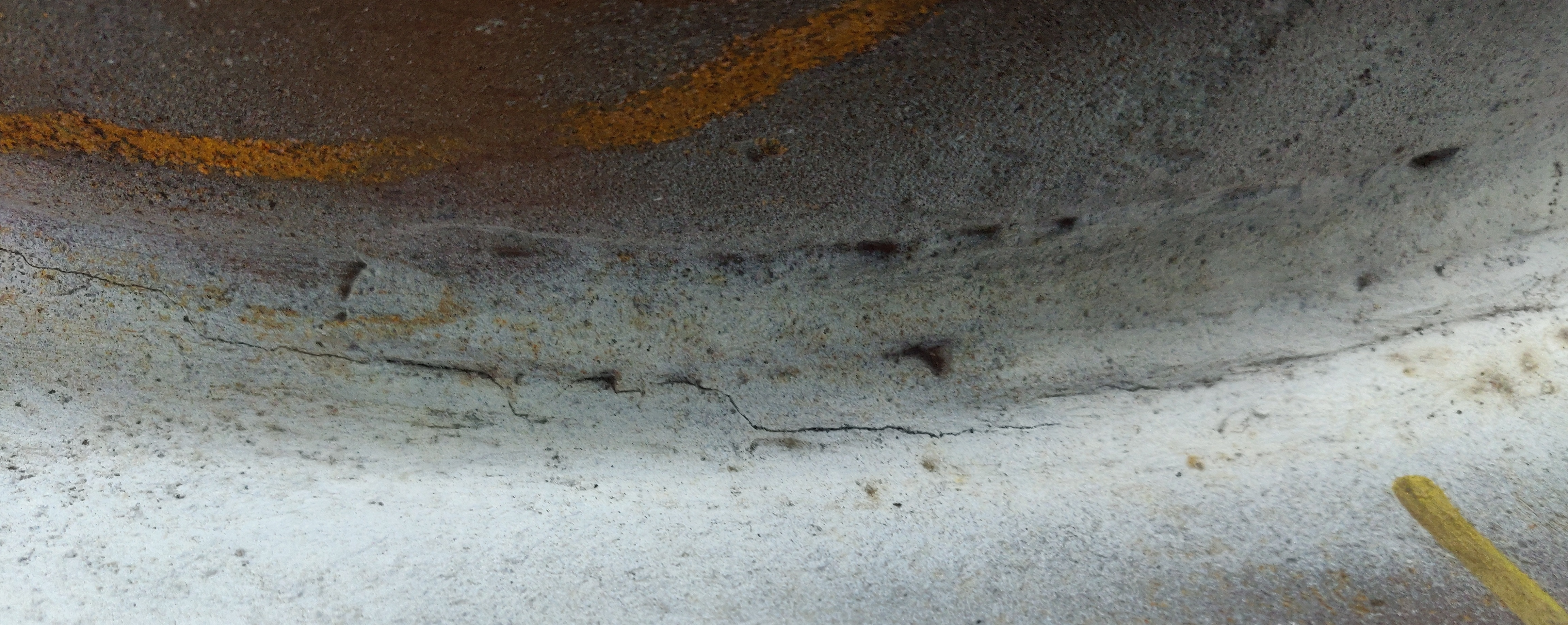Remaining Life Assessment (RLA)

Remaining Life Assessment (RLA) is a process used to evaluate the remaining service life of an asset, such as equipment, machinery, or infrastructure, based on its current condition, past performance, and anticipated future performance. The primary objective of RLA is to optimize the performance, safety, and cost-effectiveness of assets by estimating the time until significant degradation or failure occurs, allowing for timely maintenance, repair, or replacement decisions.
In industrial and infrastructure settings, RLA is particularly important for managing the life cycle of critical assets, such as power plants, pipelines, bridges, and other structures that have significant economic, environmental, or safety implications.
There are several steps involved in conducting a Remaining Life Assessment:
Data collection: Gather historical data on the asset, including information on its design, construction, operating conditions, maintenance history, and any past incidents or failures.
Inspection and testing: Perform non-destructive testing (NDT) and other inspection techniques to assess the current condition of the asset, identify any signs of degradation or damage, and gather additional data.
Condition assessment: Analyze the data collected during inspections and testing, along with historical data, to determine the current condition of the asset and identify any trends in degradation or failure.
Failure analysis: Study the potential failure modes and consequences, and determine the likelihood and potential impact of each failure mode on the asset's performance, safety, and environmental impact.
Remaining life estimation: Based on the asset's current condition, past performance, and anticipated future operating conditions, estimate the remaining service life of the asset. This involves the use of mathematical models, engineering analysis, and expert judgment.
Recommendations: Based on the RLA results, develop recommendations for maintenance, repair, or replacement strategies, along with associated costs and benefits. This information can be used to make informed decisions about asset management and investment.
By implementing a Remaining Life Assessment, organizations can optimize their asset management strategies, reduce the risk of unexpected failures, improve safety and reliability, and minimize lifecycle costs.
